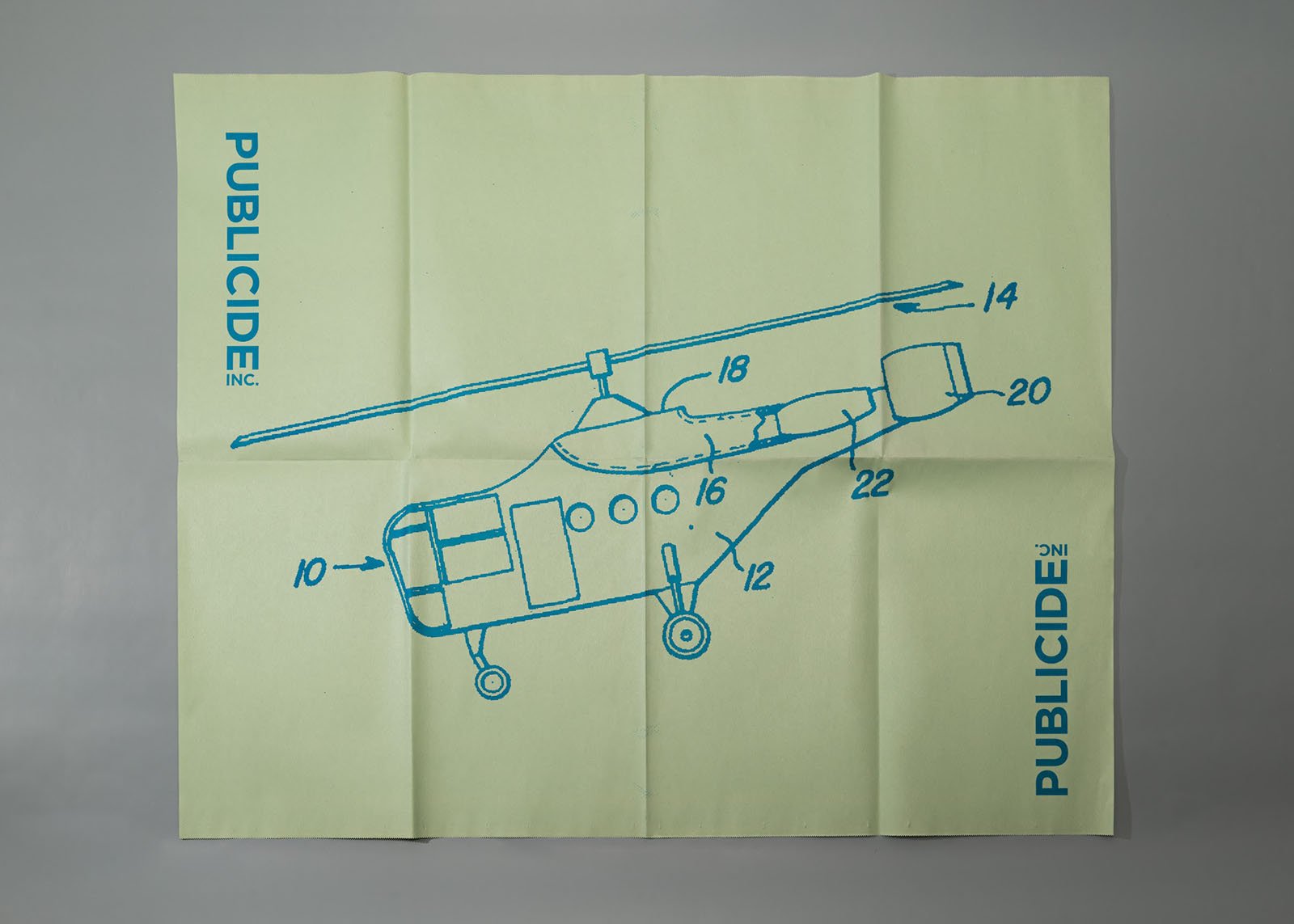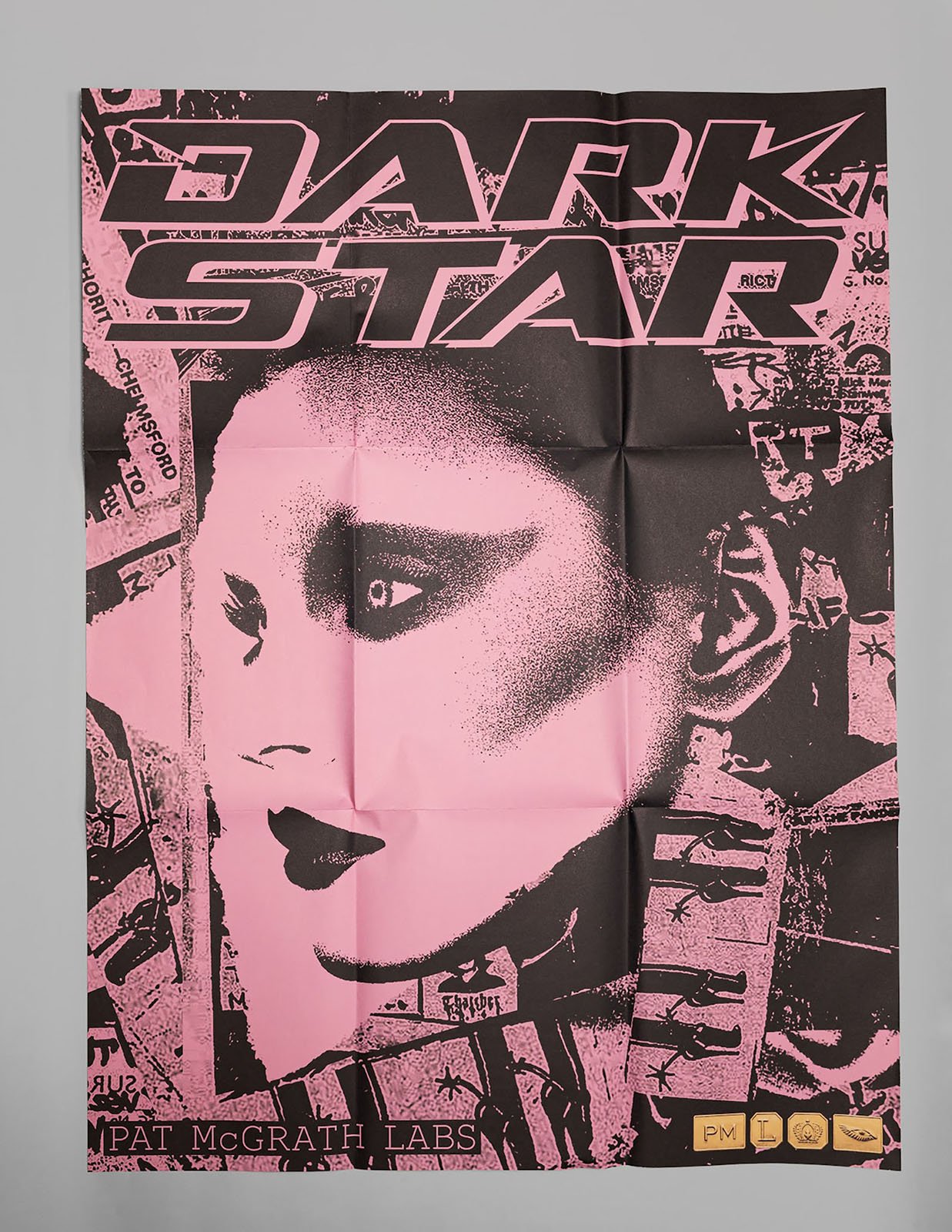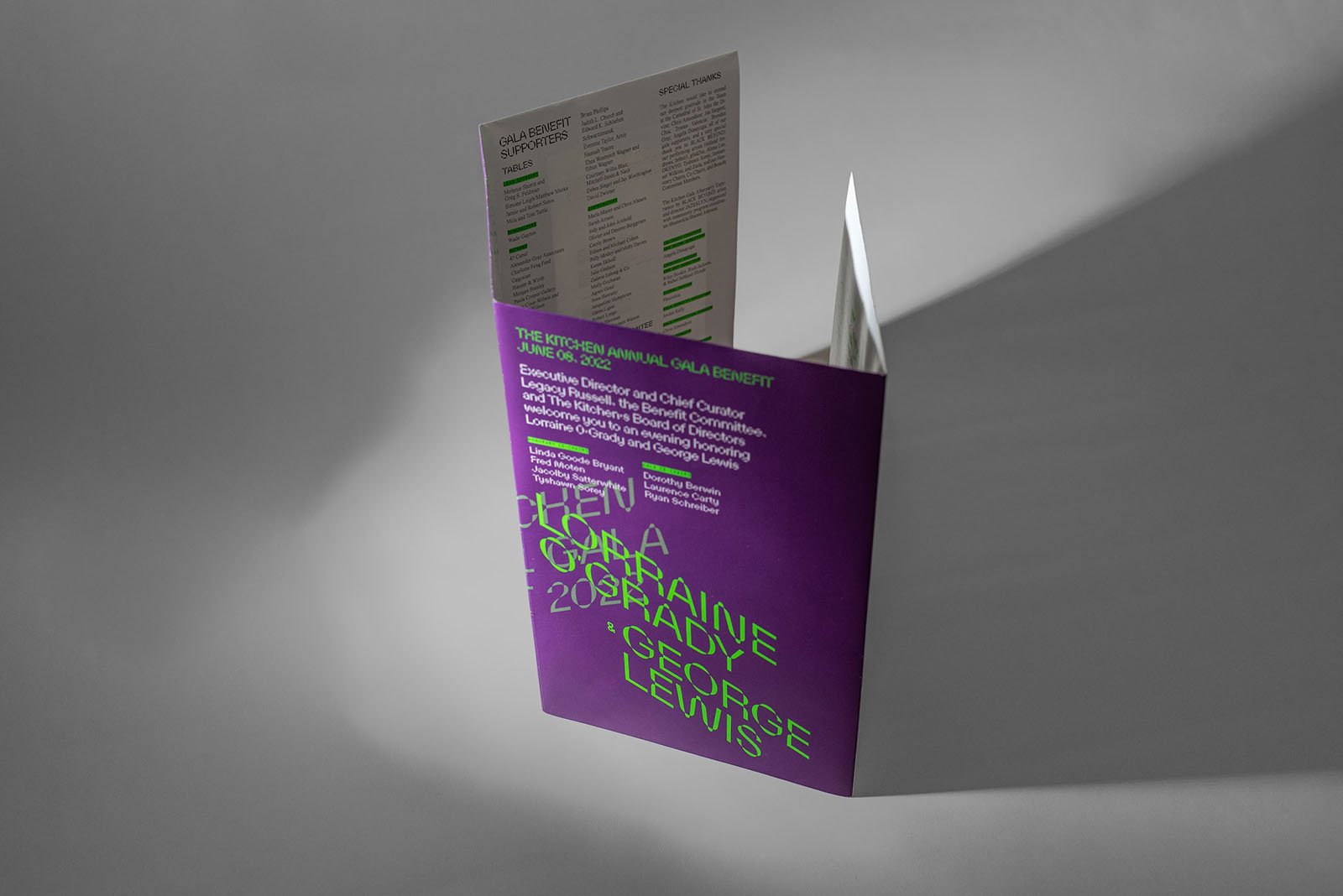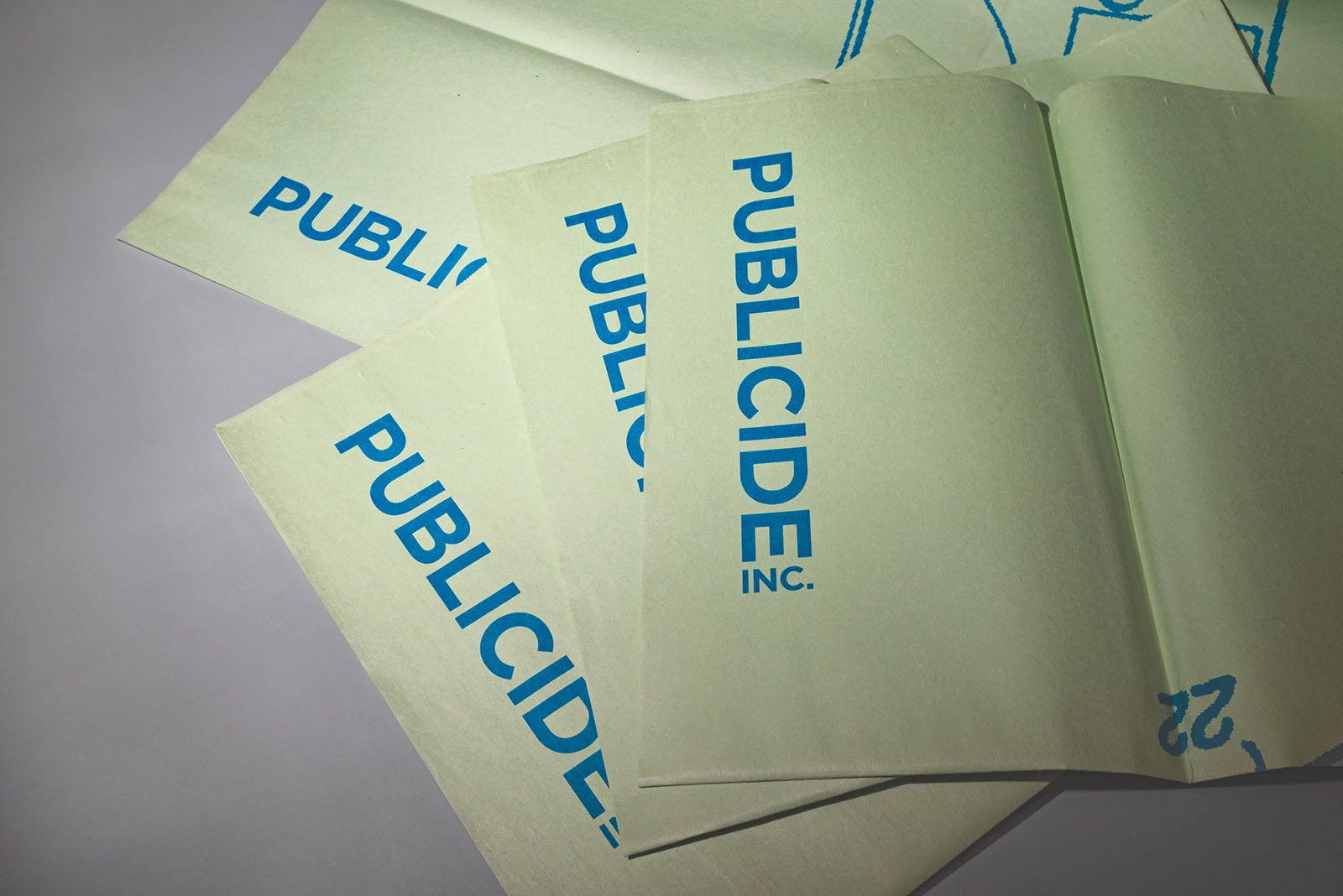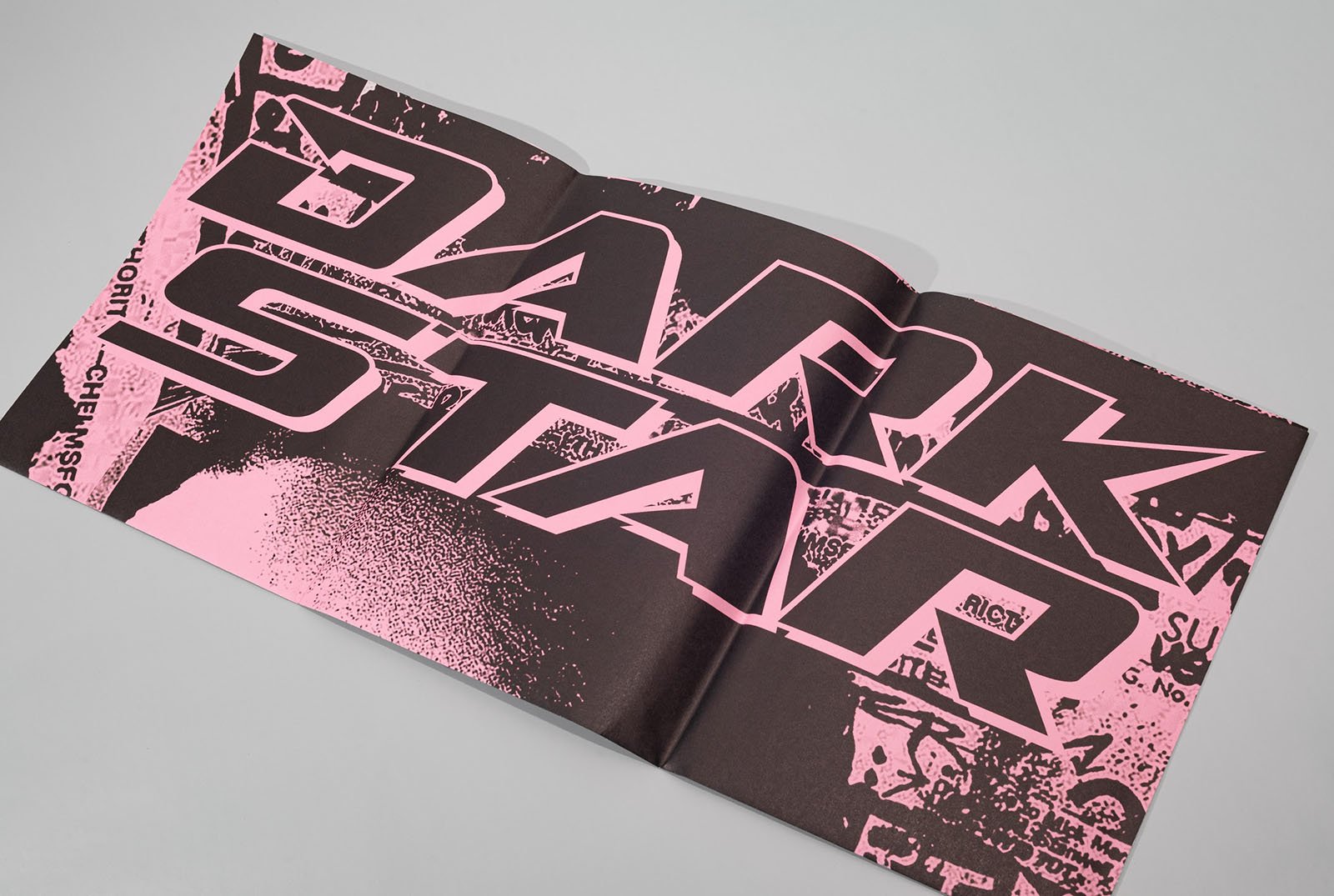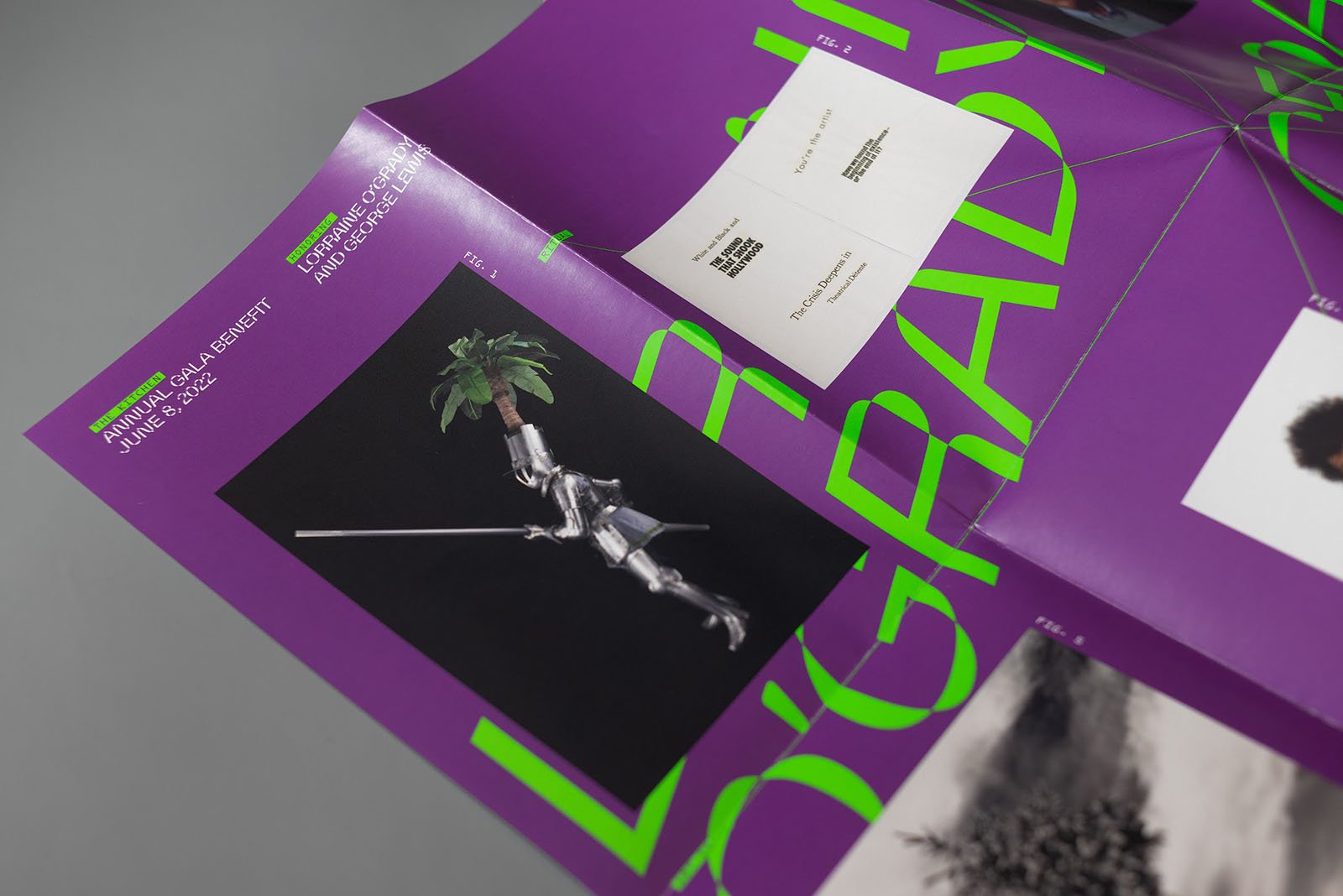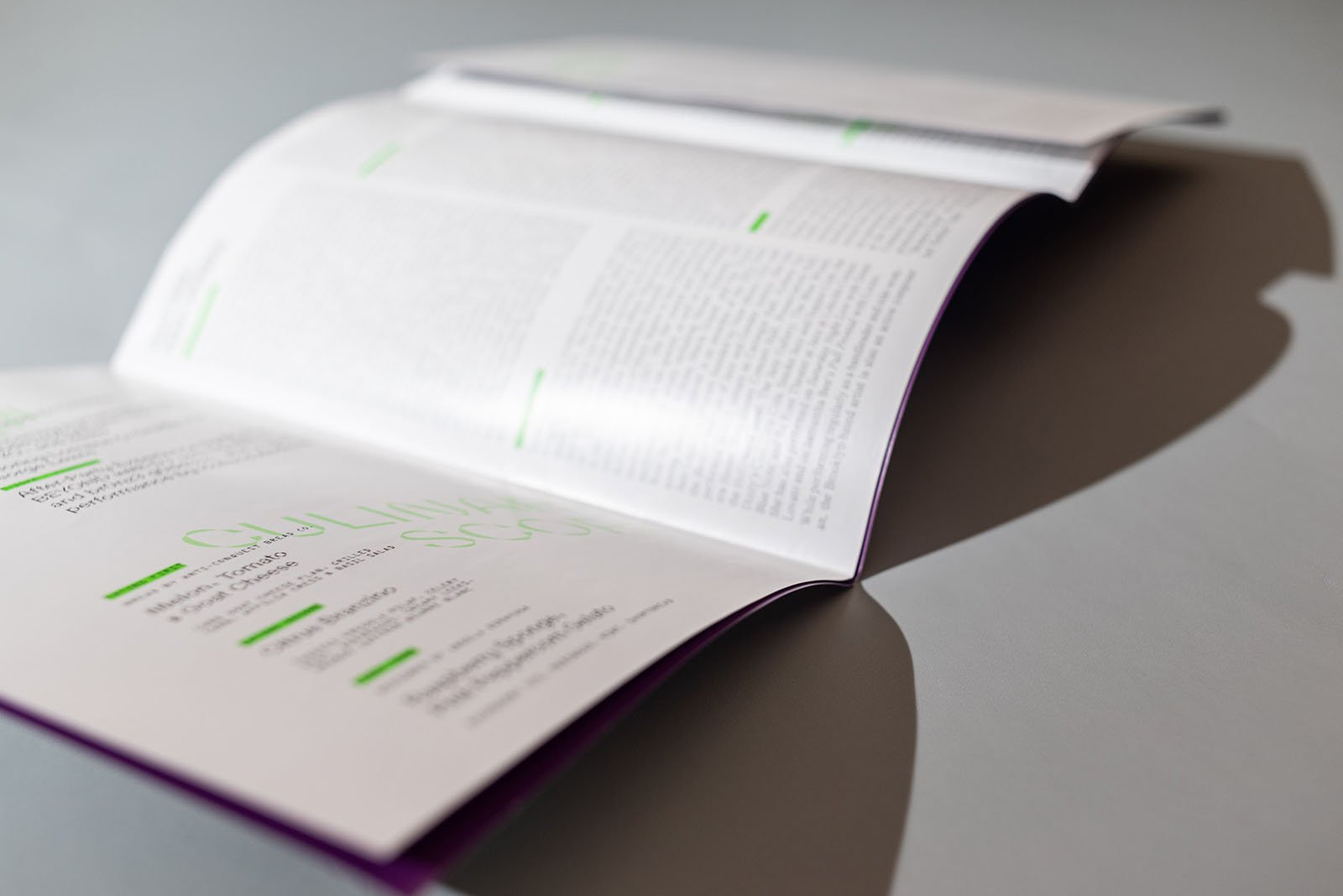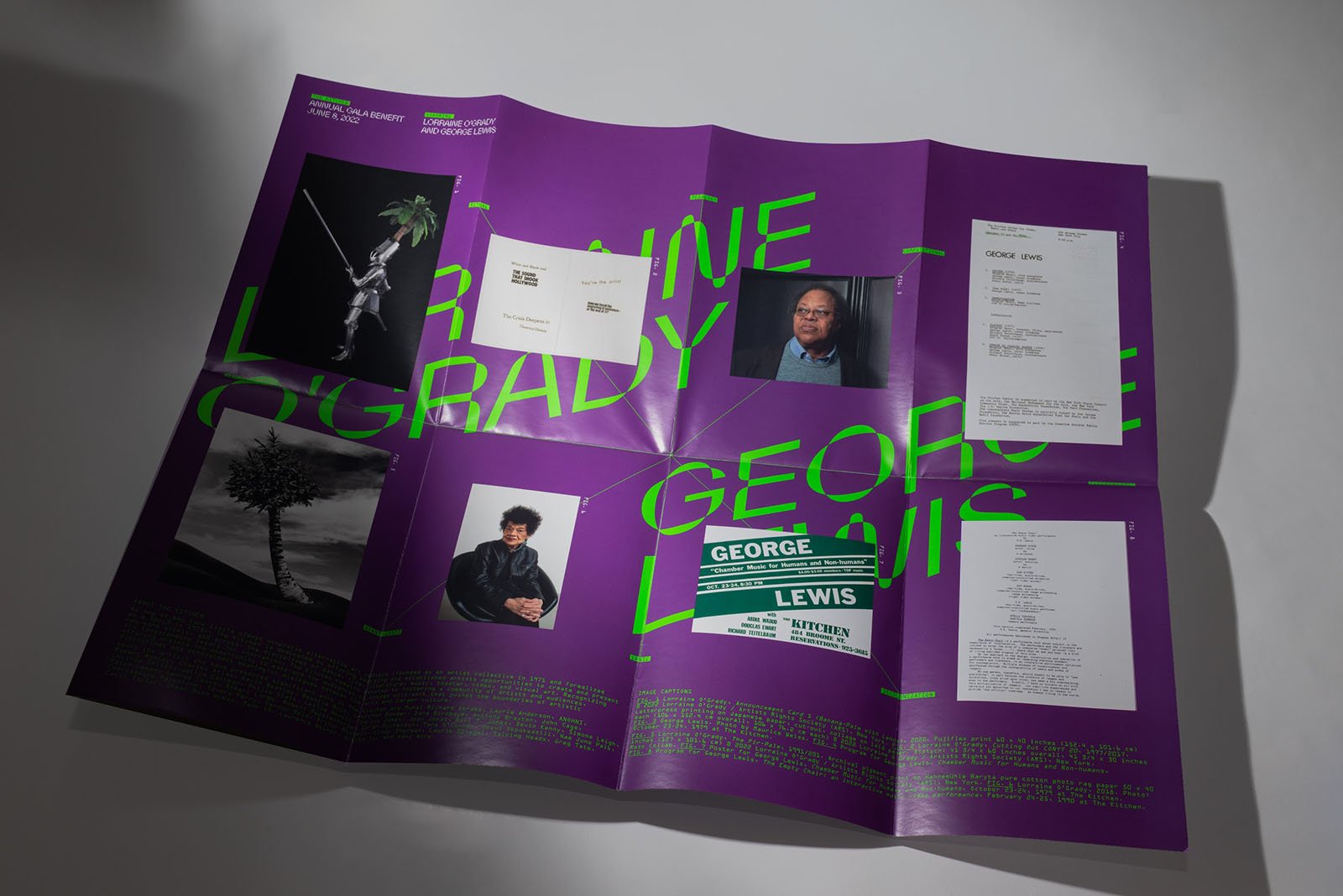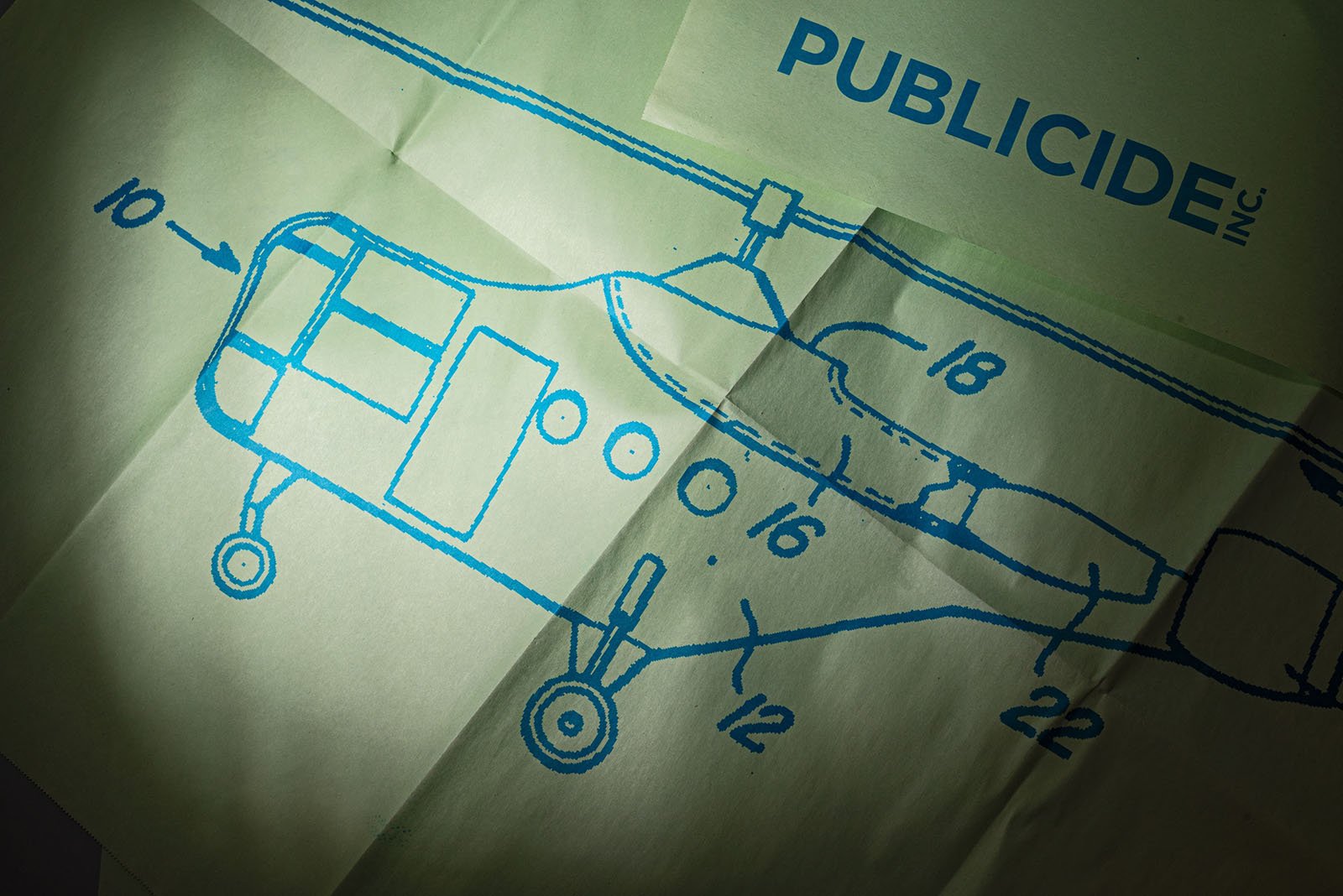POSTER PRINTING: Specialty Print Effects + Map-Folding
Printing posters can be an exciting and creative way to promote your brand or event. However, it's not just about printing a colorful image or message on a giant piece of paper. To truly make your poster stand out, you need to pay attention to the details, such as the type of printing technique you use and how you fold the poster.
One printing technique that can add depth and vibrancy to your poster is the use of spot colors or Pantone Matching System (PMS) colors. Spot colors are specific colors that are mixed in advance and applied separately from the regular CMYK process colors, using an Offset Print or Silkscreen technique. This technique allows you to achieve very specific shades and hues that cannot be created with four-color printing.
When designing a poster, it's important to keep in mind the end use and what you're trying to achieve with the poster. For example, if you're creating a poster for a concert, you might want to use a bold and attention-grabbing color scheme that pops off the page. On the other hand, if you're designing a poster for a corporate event, you might want to use more subtle, muted colors that convey a sense of professionalism and sophistication.
Another way to add interest and visual appeal to your posters is by using special effects such as embossing, debossing, or foil stamping. Embossing is a technique where specific areas of the poster are raised or pressed in, creating a 3D effect. Debossing is the opposite of embossing, where specific areas of the poster are pushed in, creating an indented effect. Foil stamping, on the other hand, involves applying a thin layer of foil to specific areas of the poster to create a metallic printing effect.
Map-folding is another popular folding technique that can transform a poster into a compact, easy-to-carry map. This technique is especially useful for posters that feature maps, such as tourist maps or event maps. Map-folding involves folding the poster into a series of panels, with each panel representing a different section of the map. When fully unfolded, the poster resembles a map that can be easily navigated by the reader.
Map-folding requires precision and accuracy, as each panel must line up perfectly to create a cohesive map. Publicide uses large-scale die-scoring and diecut techniques that take into account the size of the poster and the desired size of the folded map.
Some common folding techniques include:
Half-fold: This is the most basic folding technique where the poster is folded in half, creating a 4-page brochure.
Tri-fold: This technique involves folding the poster twice, creating a 6-page brochure. This is a popular folding technique for brochures and newsletters.
Z-fold: This technique involves folding the poster twice in a zig-zag pattern, creating a 6-page brochure that opens up like an accordion
One advantage of map-folding is that it allows you to include more detailed information on your map, without overwhelming the reader. By breaking up the map into smaller, more manageable sections, you can highlight specific points of interest or provide more detailed information about a particular area.
When it comes to printing posters, there are many options available for specialty printing, spot colors/PMS Ink, and special effects. These techniques can add depth, vibrancy, and visual interest to your posters, making them more memorable and effective at promoting your message or brand. By paying attention to the details and choosing the right folding technique, you can create a great poster that is both portable, and unforgettable.

